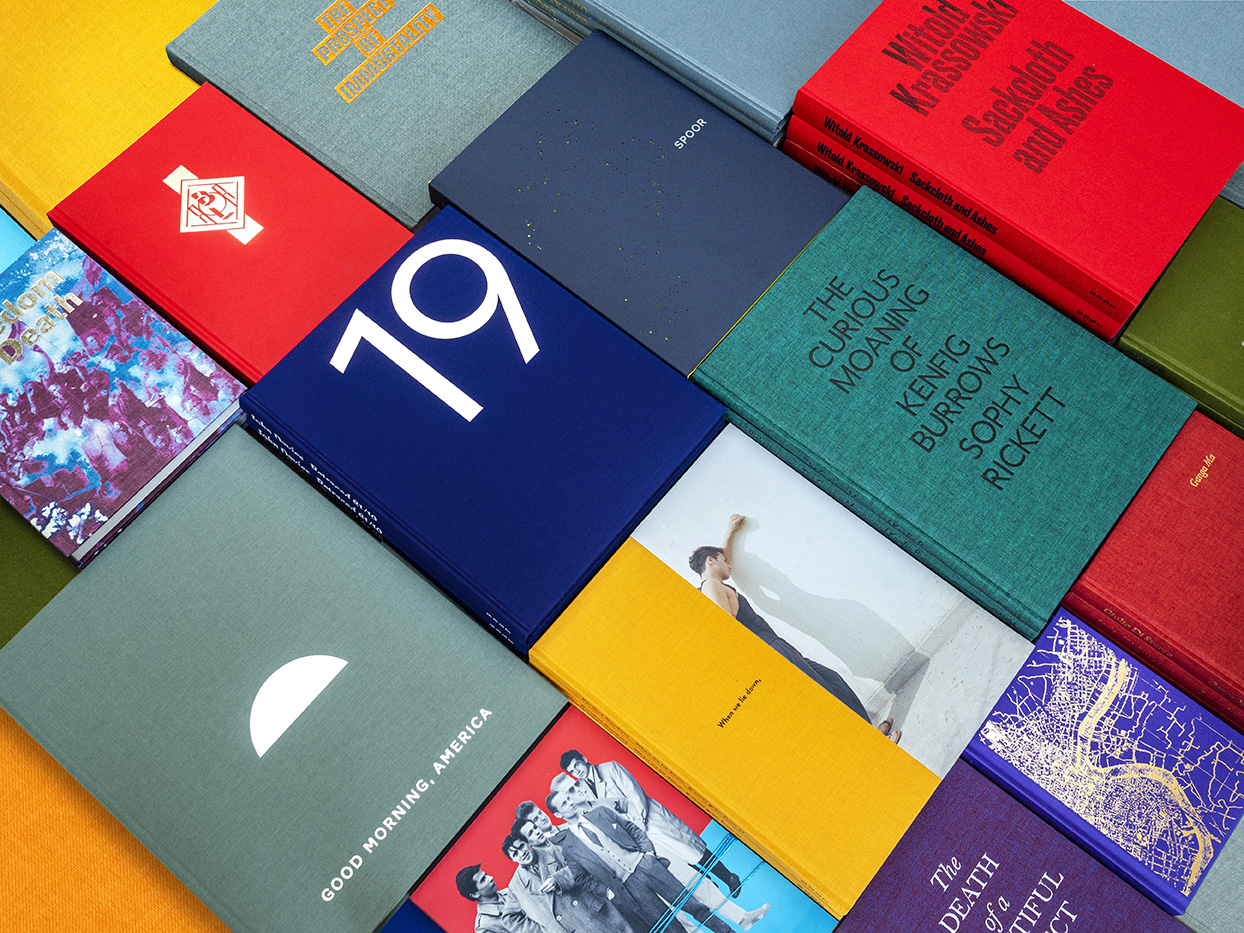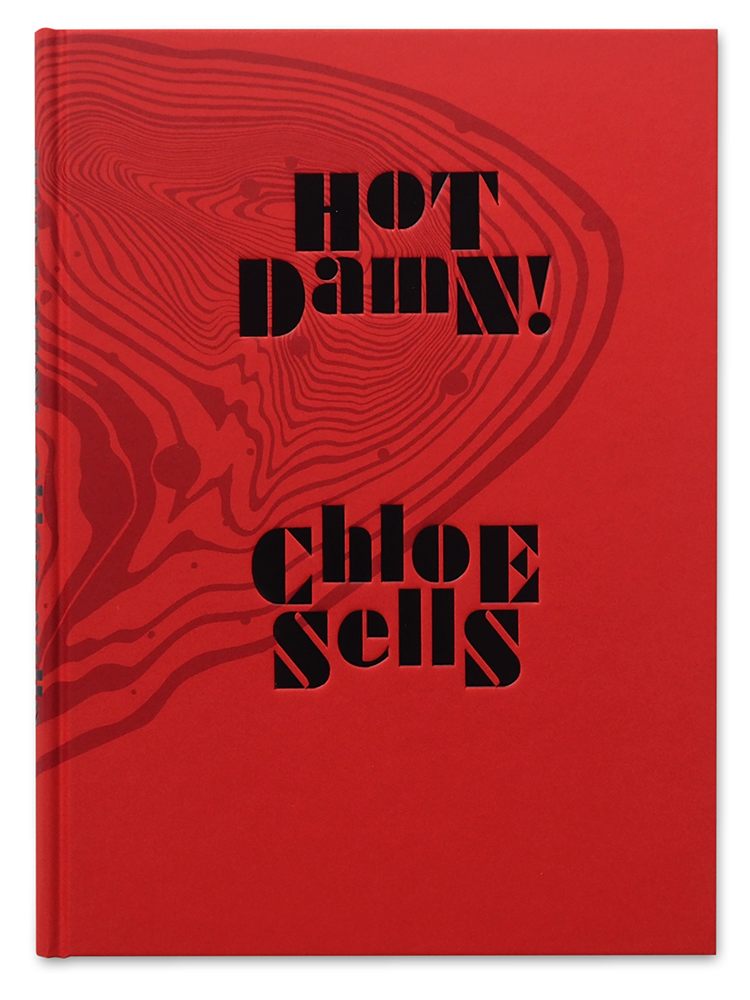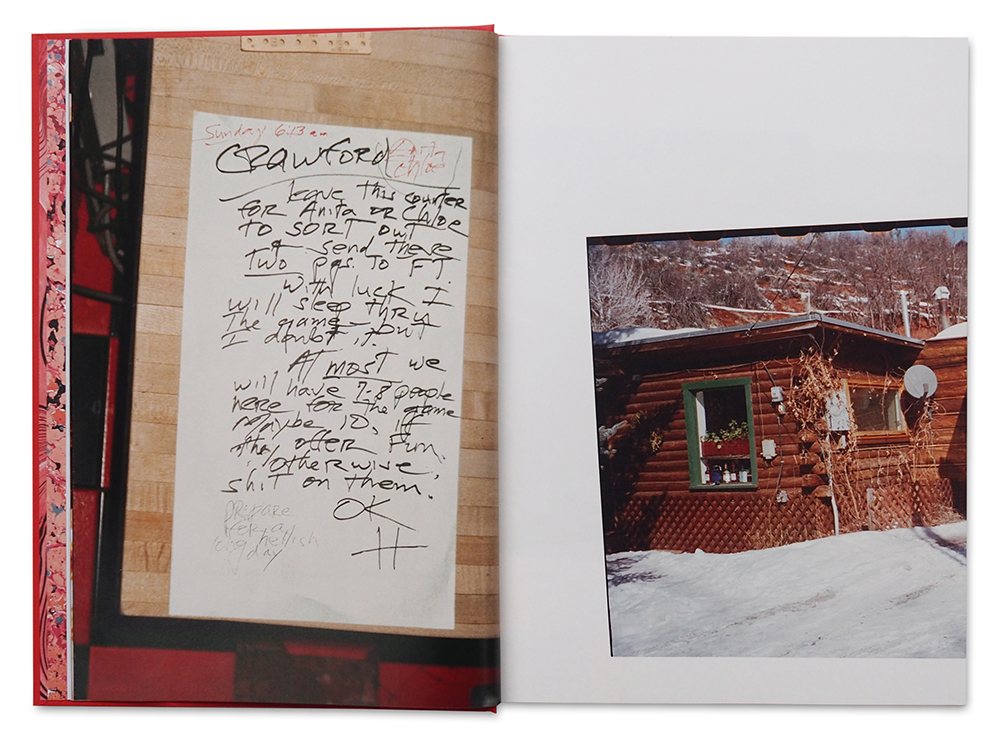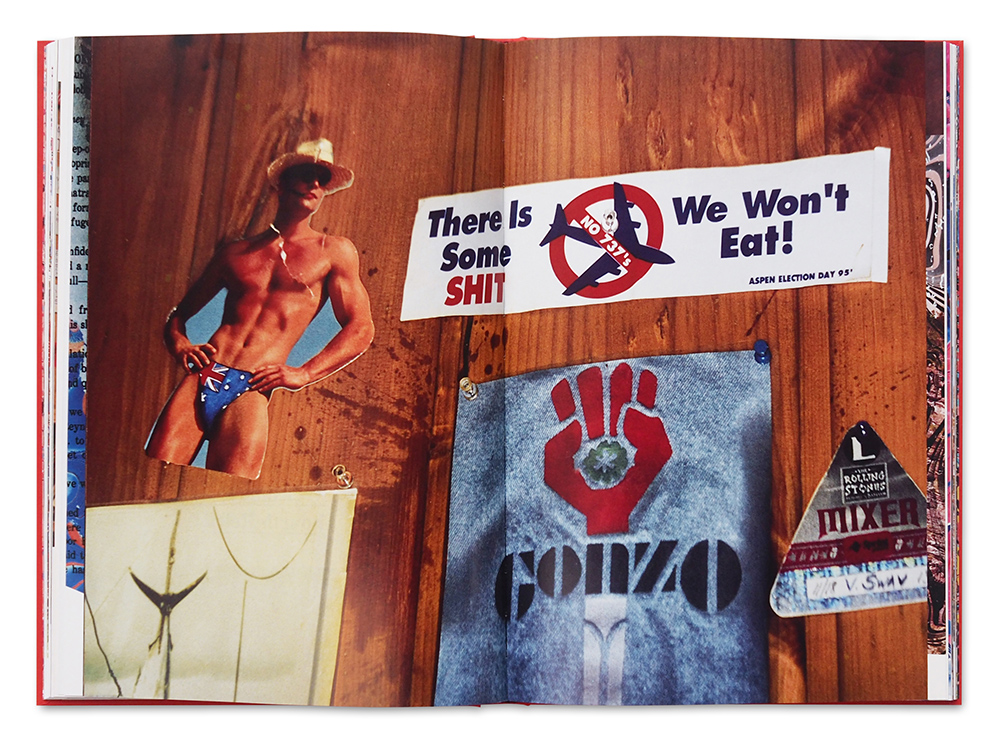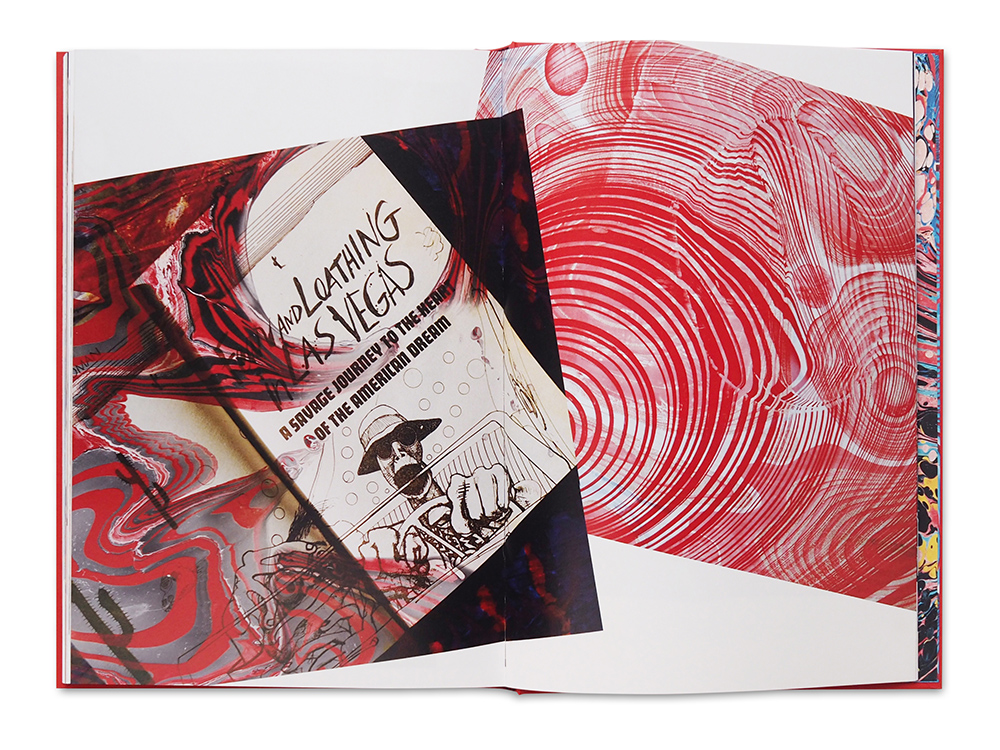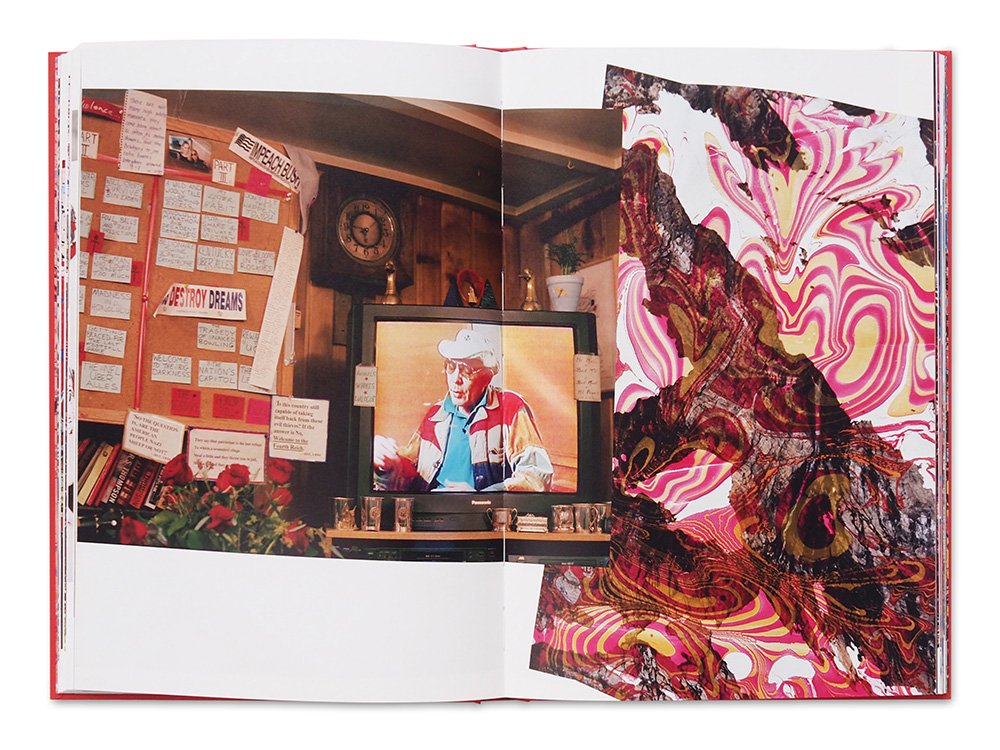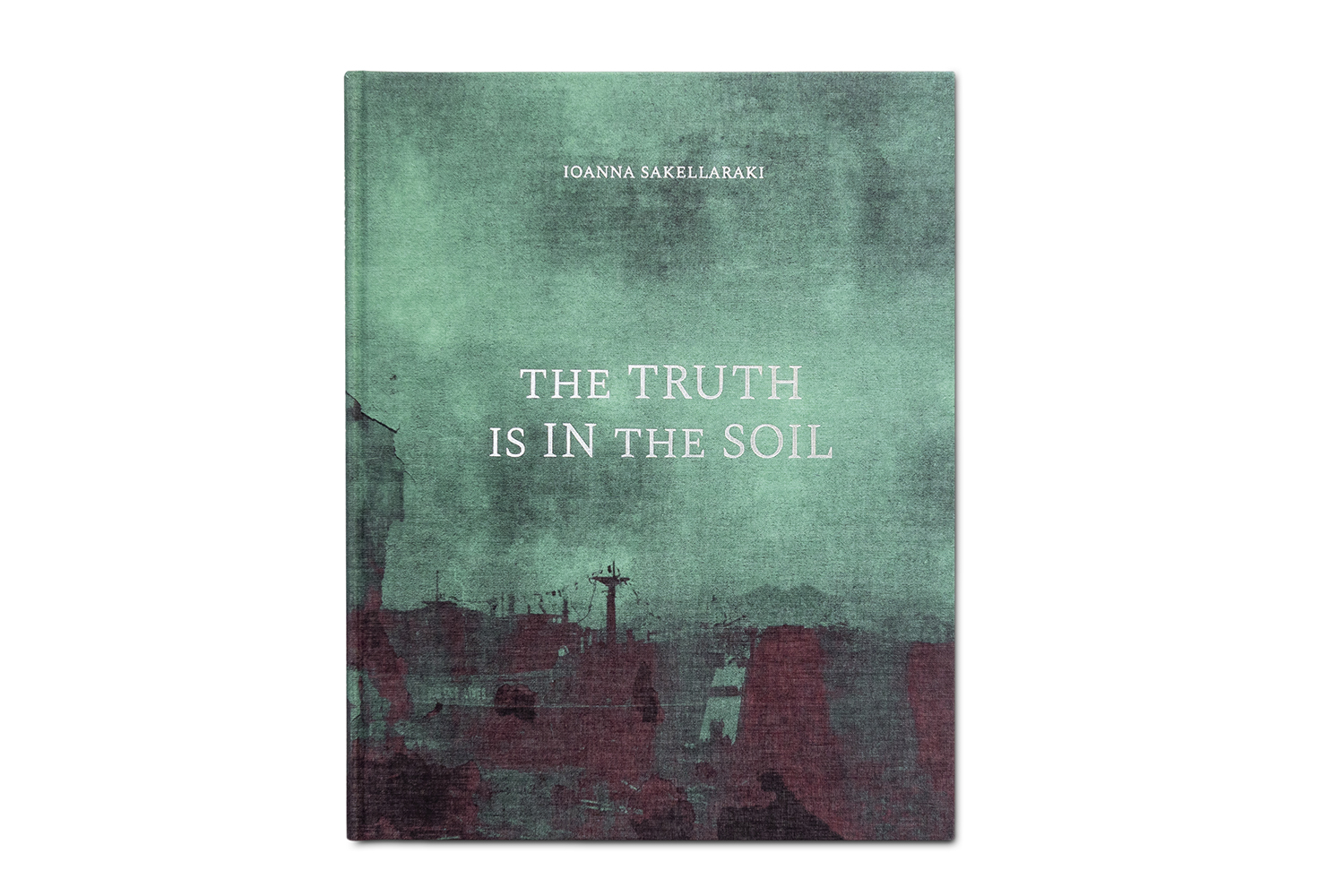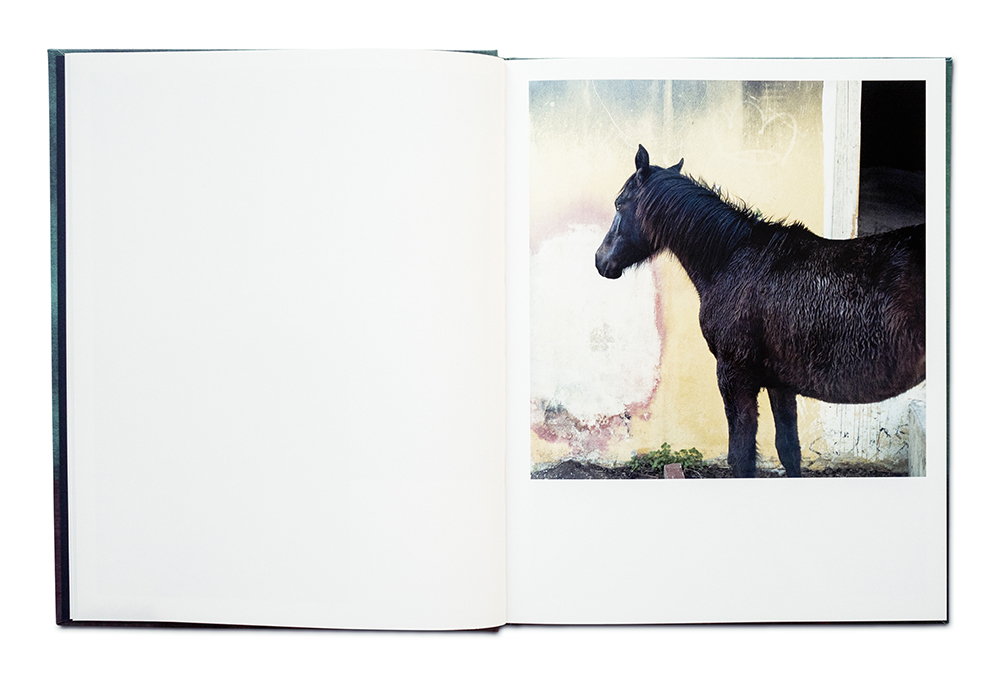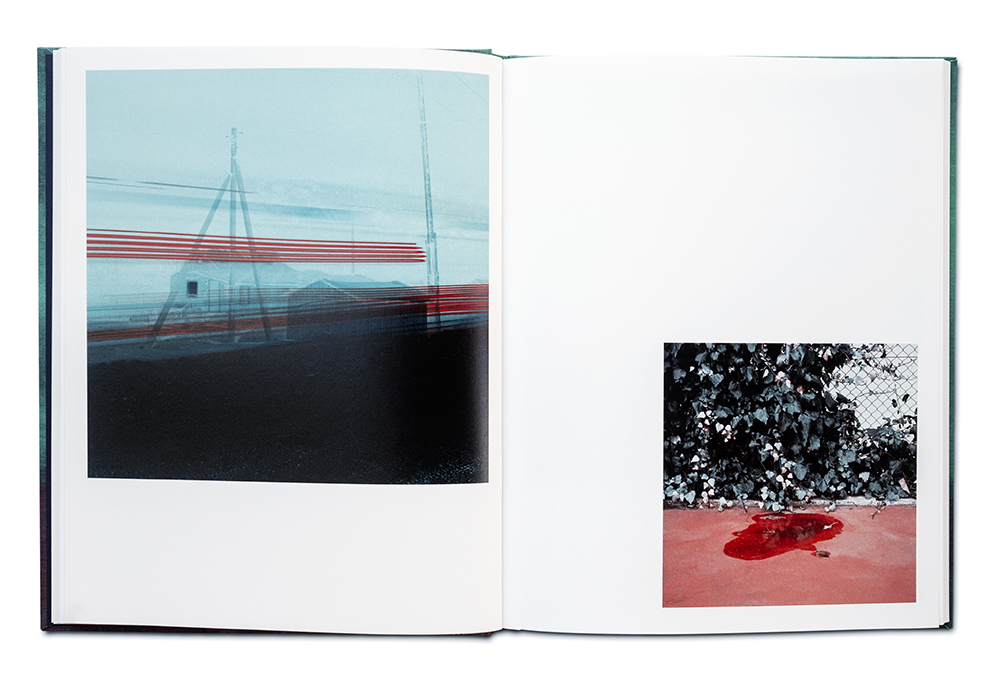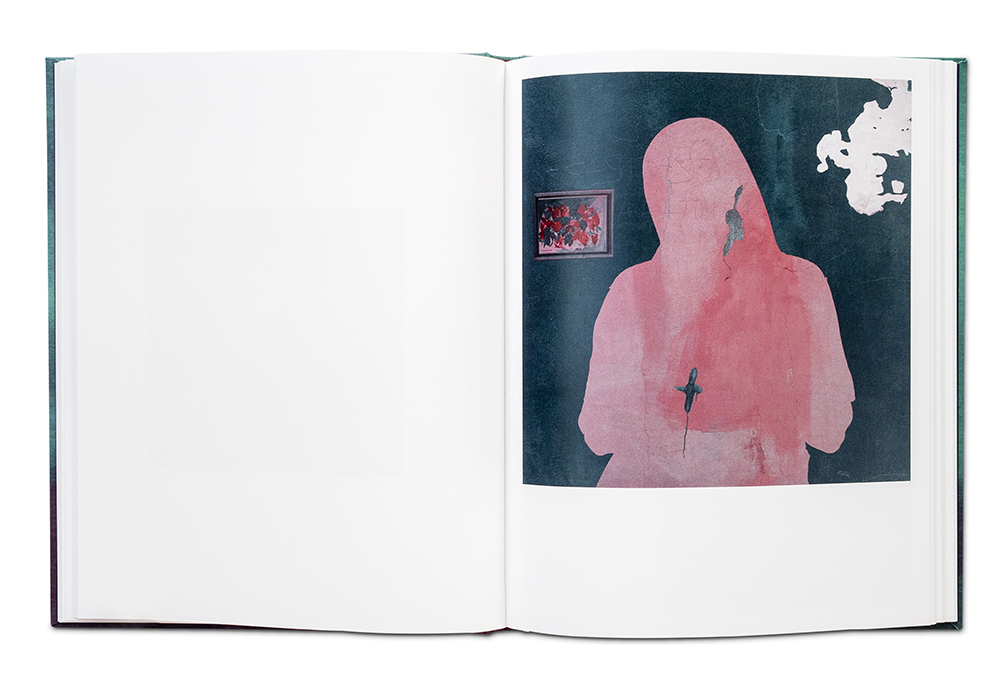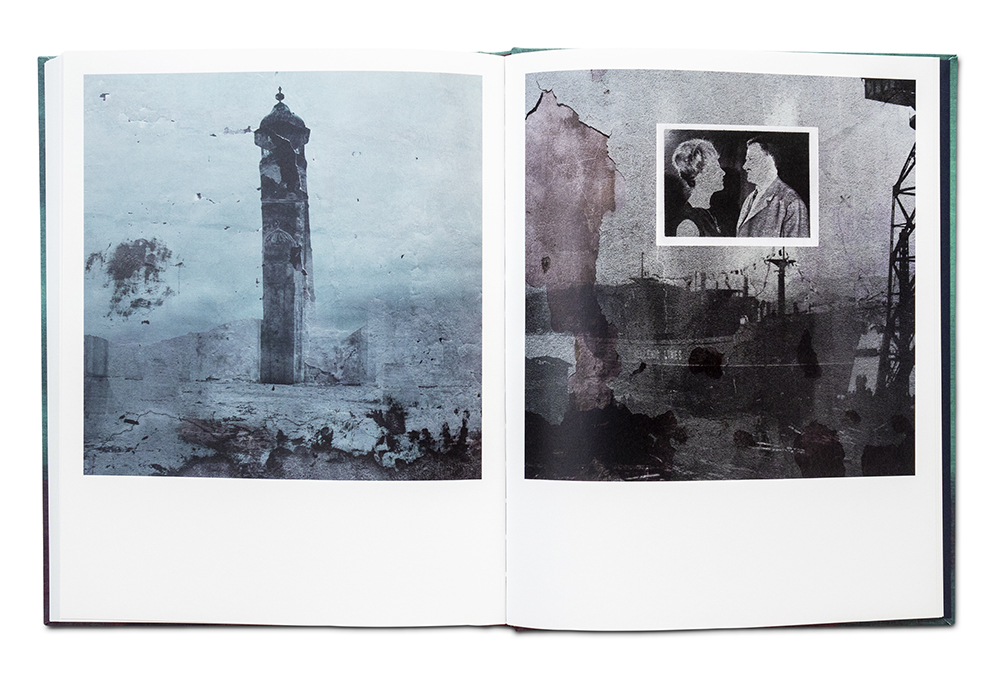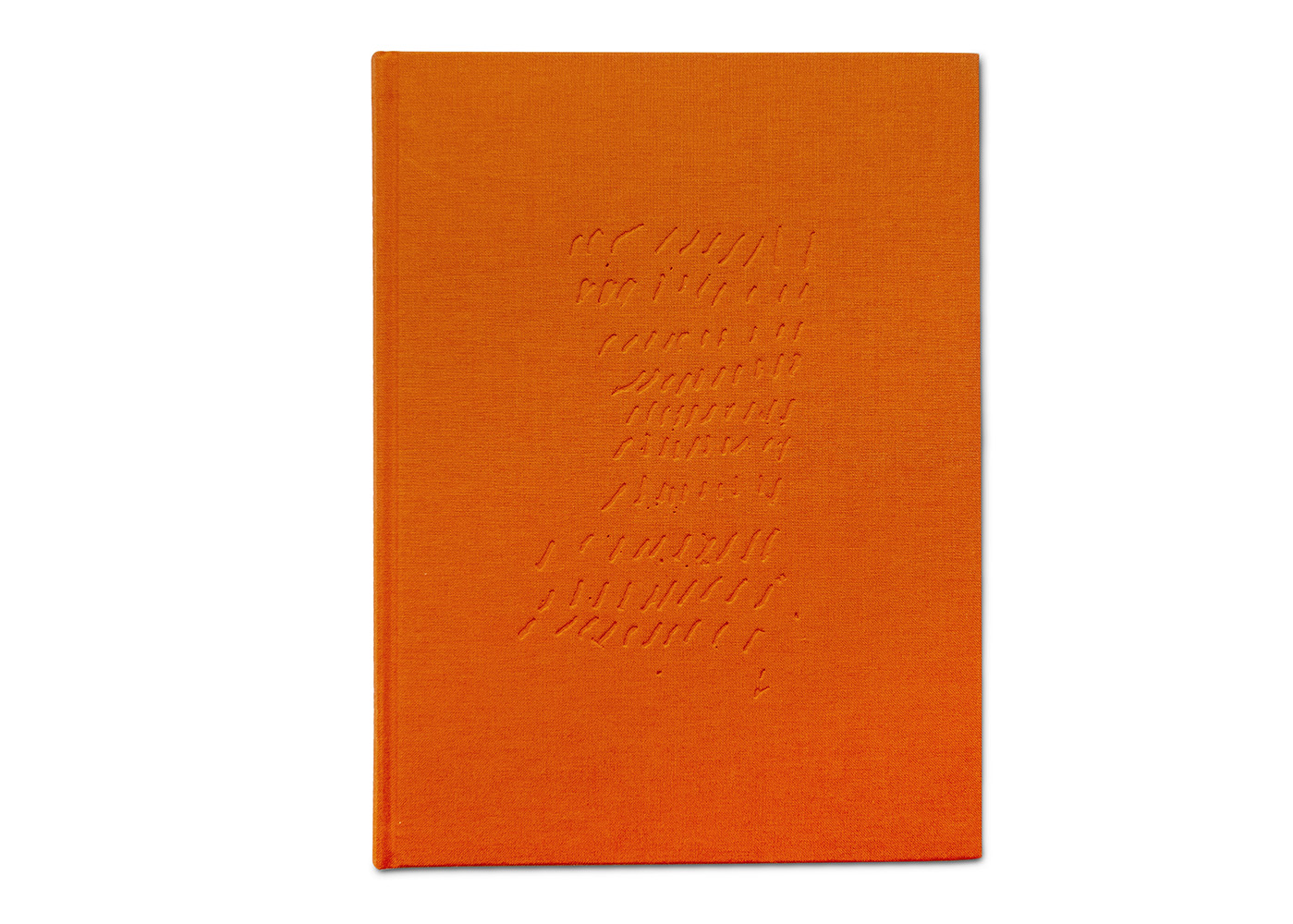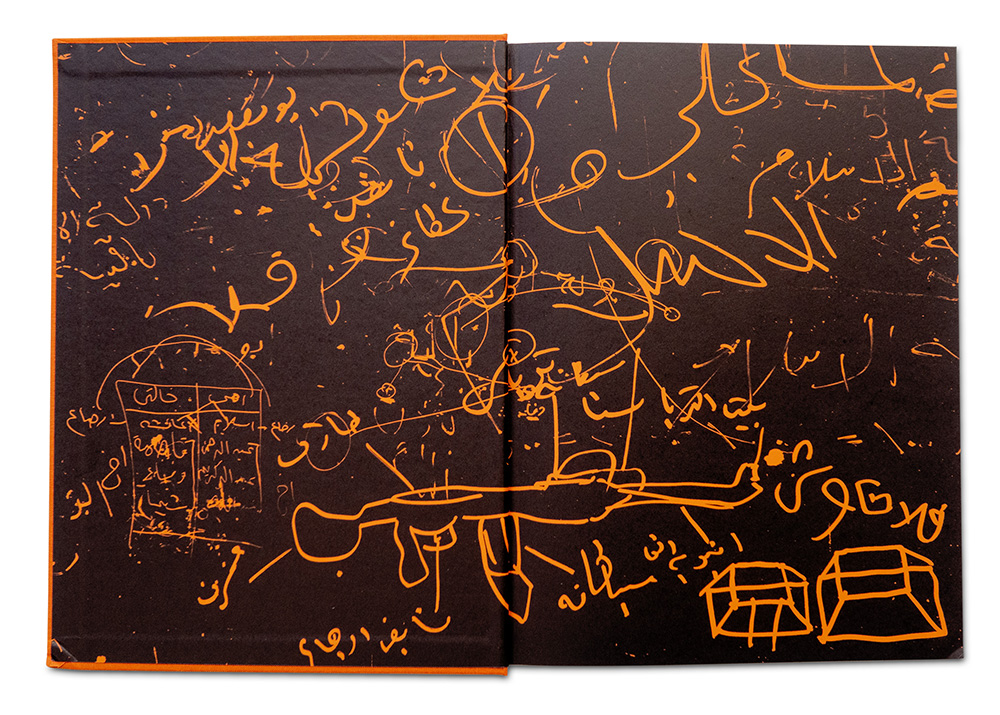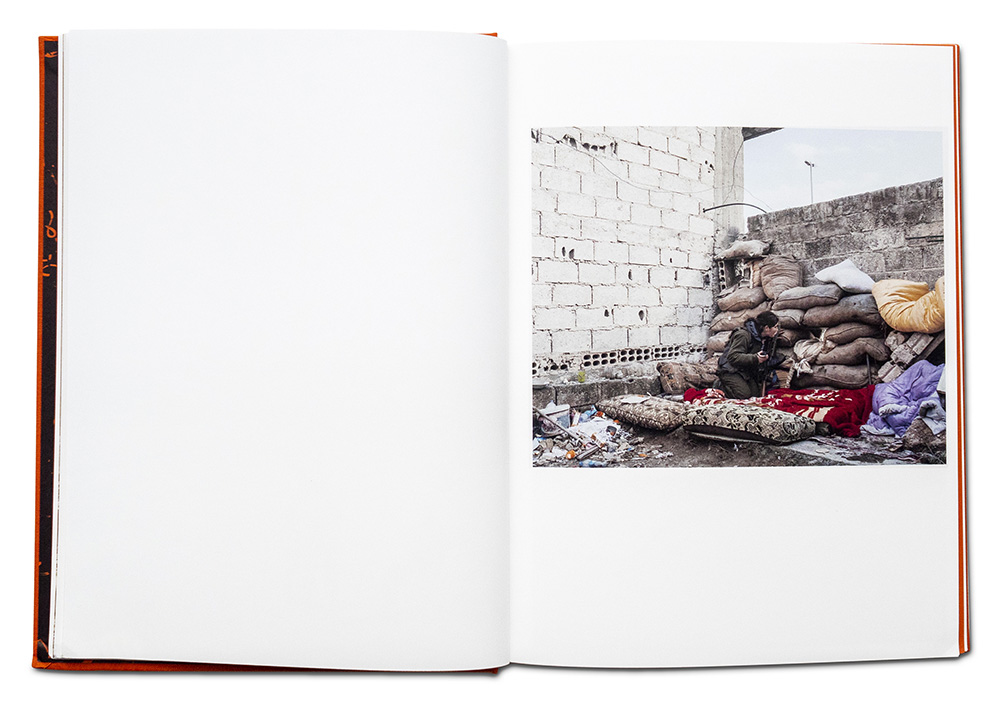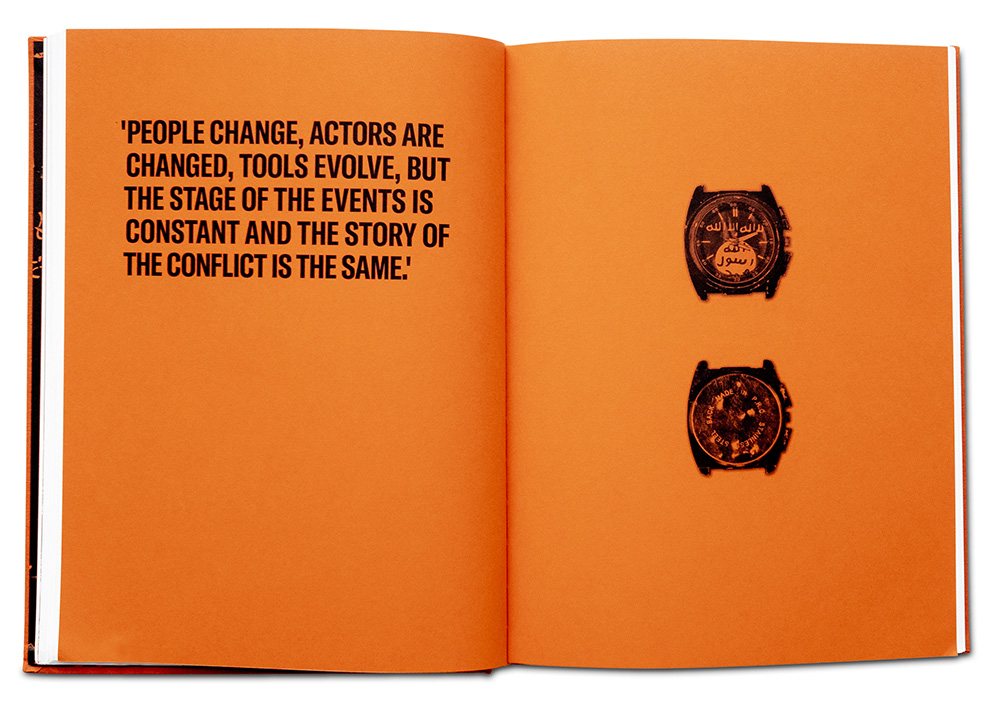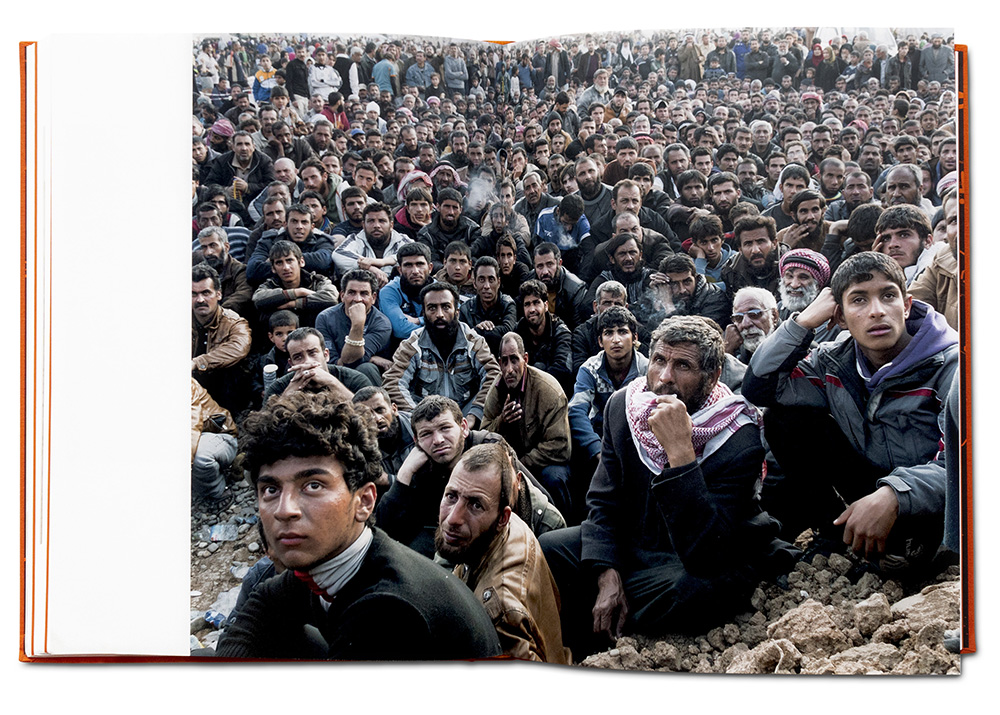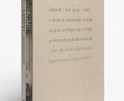Publisher’s Spotlight: GOST Books
These past months we have been focusing on books on Lenscratch. In order to understand the contemporary photobook landscape, we are interviewing and celebrating significant photography book publishers, large and small, who are elevating photographs on the page through design and unique presentation. We are so grateful for the time and energies these publishers have extended to share their perspectives, missions, and most importantly, their books.
What strikes one in viewing the catalogue of GOST Books is the diversity of offerings with an unusual mix of emerging artists and photographers of renown. The colorful array of photo books with their diverse covers and typefaces encourages the browser/collector to dig deeper in exploring the offerings on hand. Founded in 2012, GOST Books is an independent visual arts and photography publisher based in London. GOST takes pride in its uncategorizable output of diverse subject matter and design: from a chronicle of seven men claiming to be the Messiah; a study of Turkish soap operas; art works inspired by the largest breeding grounds for flamingos in the Southern Hemisphere; archive photographs from the Mexico City police department; to portraits of drum majorettes in South Africa. GOST aims to not only provide a platform for the work of emerging artists but contribute to print legacies of masters in the medium.
Stuart Smith is the director and co-founder of GOST Books. Smith has been designing since 1987, specializing in typography whilst gaining an excellent reputation for his distinctive book designs. GOST’s name derives from the first two letters of the co-founders’ names – GO for Gordon MacDonald and ST for Stuart Smith. Gordon has since moved on to other projects, but the name remains. Today, photographer Michael Honegger is in conversation with publisher Stuart Smith.
Follow GOST on Instagram @gost_books
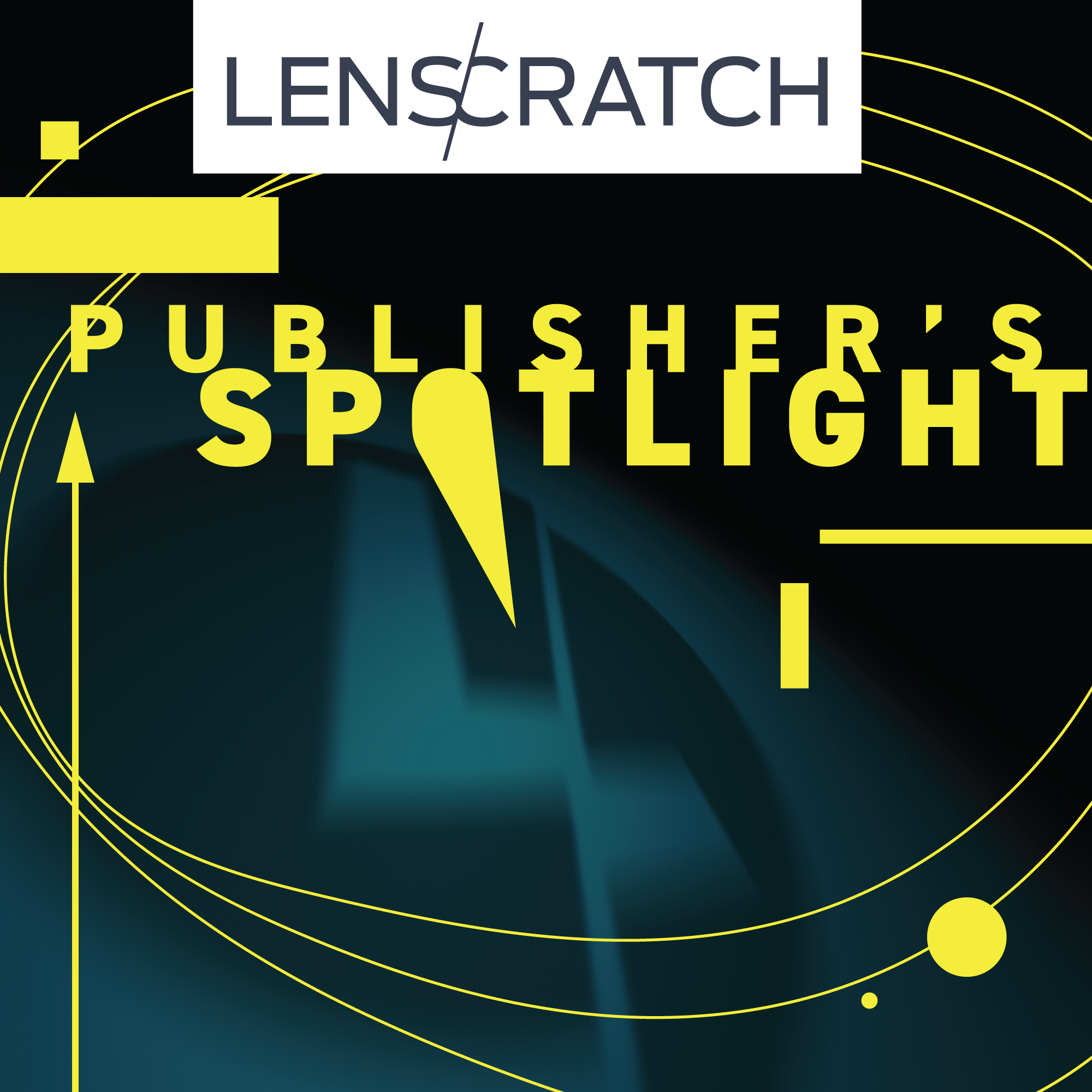 What is your mission as a publisher?
What is your mission as a publisher?
GOST aims to not only provide a platform for the work of emerging artists but contribute to print legacies of masters in the medium.
What was the first book you published and what did you learn from that experience?
For many years I’d worked as a designer and creative director at SMITH design. So before founding GOST with Gordon MacDonald in 2012, I had worked on many book projects with contemporary artists and publishers, like Chris Boot, Thames and Hudson, Aperture and Phaidon. GOST initially published three books to launch – MASS by Mark Power, Chateau Despair by Lisa Barnard, and Brisées by Helen Sear. Each are respected artists and we felt that by launching with three very different publications we were setting out our stall.
From the outset with our first GOST books I realized that becoming a publisher carried with it a greater responsibility to the photographer or artist. Beyond the design and creative direction of the book you become custodian of the project. When purely working on the design you can take a step back when the job is done. But as a publisher you must be, and want to be, much more involved in the lifespan of the book and project. You must also ensure that you support the photographer through this process.
I guess the real reason to start publishing was control. Often with a third party we would do the design and perhaps be involved with the editing process, but by managing the whole process I felt we were able to create a more sublime edit and manage the reproduction to another level.
What is the focus of your selections?
One of the things I’m most proud of is the diversity of projects we’ve published and that our output is uncategorisable. Hopefully, many of our books cross out of the photography world and are of interest to a much broader audience. From Jonas Bendiksen’s chronicle of seven men claiming to the be Messiah and his later project on fake news, to archives photographs from Mexico’s City police department to a project celebrating the sport of drum majorettes in South Africa – we love working with projects which surprise us and providing a platform or carrier for these projects to go out into the world in book form. As well as working on many first books and with young photographers, we also work with established photographers to present projects which contribute to the knowledge of and discussion around the photographer’s work e.g. Elliott Erwitt’s earliest work made in Pittsburgh in 1950, and Found, Not Lost where he wanted to do a book of completely unseen images, which meant spending 30 days and going through 650, 000 images on his original contact sheets or revisiting Larry Towell’s Mennonites where we re-sequenced the book taking out 30 images but adding 40 new ones.
What are the difficulties that you encounter as a publisher?
There are many difficulties. Firstly, the difficulty of how to make a publishing house a financially viable proposition. Then practical difficulties, exacerbated by the pandemic and Brexit, including issues with printing and binding and shipping delays. We won’t even begin with the photographers themselves!
How can an artist get their work in front of you? Any advice for photographers?
We look at all book proposals which come into our inbox at info@gostbooks.com. We can’t give individual feedback as there are so many– but we do look at each and every project. One thing to bear in mind is that GOST does not accept dummies, either as pdfs or hard copies. With our design background, the process of publishing the book is a creative collaboration – if a photographer comes to us with a design already in mind and fixed ideas, then if we were to work with them we would be acting more like a printer than a publisher. It is a creative collaboration, and a photographer has to be open to creative input on how the project is presented.
We also established the ICP / GOST First Photobook Award and the second book through this initiative by Leonard Pongo will be published later this year. We hope to announce another edition of the first book award in the coming months. This is another way of getting your project not just in front of GOST but also the judges for the award.
My advice for photographers is to do projects from your heart and avoid the fashion of the moment, in the end if the photography is good then the project will last, even if it does take a while.
How do the economics work become the publisher and artist? Does the artist normally contribute financially to the process? If so, to what extent?
Artists do bring a financial contribution to the process, the extent determined by the individual specifications of each book. We are always open with artists about the costs and aim to support and work with everyone’s circumstances. It is often argued that for the costs of publishing with a publisher, photographers could self-publish. We don’t doubt this but working with GOST brings a lot of support—our distribution channels and exposure at international art fairs, editing, design, repro, a dedicated communications person, a warehouse and years of professional experience and advice. It is up to each individual as to whether our model works for them or not – for some people, self-publishing is better, and some prefer to work with a publisher.
Is the book design process collaborative?
The book design process for us is very much collaborative. We much prefer to see projects in their raw form – very often, unrestrained by design or sequencing, this allows us to see different potentials and directions within each project. It works best when photographers and artists are open to this and have enough trust to let go of their project to work with us. Then for months, or even years, the process is a back-and-forth conversation incorporating new ideas and refinement.
What have you published that has been particularly meaningful?
I would argue that all of them are meaningful in different ways. Personally, I’ve enjoyed being able to continue my working relationship with Elliott Erwitt and take a chance on unseen material which may not have found a home in a mainstream publisher. Recently, working with Nancy Floyd on ‘Weathering Time’ was a great journey – to see the project from her original entry in the inaugural ICP / GOST First Photobook Award to a sold out publication. Nancy’s project had everything we were looking for in the award – to help to bring a project to print which otherwise may not have seen the light. I also really enjoy establishing great relationships with photographers, so we work with them on a variety of projects e.g. Rafał Milach, Chloe Sells, Jonas Bendiksen, Mark Power, Alys Tomlinson, Lisa Barnard and Karen Knorr amongst others.
How many titles do you normally publish in a year and what new editions are on the horizon?
Our schedule was knocked out of kilter by the pandemic… so we published very little in 2020 but 13 titles in 2021. We are hoping to settle into a pattern of around 15 titles a year now. In spring 2022 we’ll be bringing out a revised second edition of Larry Towell’s “The Mennonites” with 40 previously unpublished images, and a book on Ukraine by Yelena Yemchuk. Further ahead we have books by Leonard Pongo (winner of the 2nd ICP / GOST First Photobook Award), Moises Saman and Diana Matar amongst other photographers we have worked with previously such as Mark Power, Alys Tomlinson and Gideon Mendel.
What specific support do you give artists? Do you have a distribution network, and do you attend book fairs?
GOST’s team is in the UK, Belgium, Italy, and North America. We work extremely closely with each artist from the inception of the project and the initial editing right through to promoting and distributing the book worldwide. We are distributed by Macmillan in the UK and Ingram in the US. In addition, we do attend a selection of international fairs—including Paris Photo, AIPAD, Printed Matter Art Fairs, Photo London, Unseen, and through our distributor we also have a presence at fairs in Asia. We do have to be a bit selective about which fairs we participate in and consider ones where our photographers’ work will be exposed to either an important or new audience.
Posts on Lenscratch may not be reproduced without the permission of the Lenscratch staff and the photographer.
Recommended
-
Aaron Rothman: The SierraDecember 18th, 2025
-
Photographers on Photographers: Congyu Liu in Conversation with Vân-Nhi NguyễnDecember 8th, 2025
-
Linda Foard Roberts: LamentNovember 25th, 2025
-
Arnold Newman Prize: C. Rose Smith: Scenes of Self: Redressing PatriarchyNovember 24th, 2025
-
Spotlight on the Photographic Arts Council Los AngelesNovember 23rd, 2025

